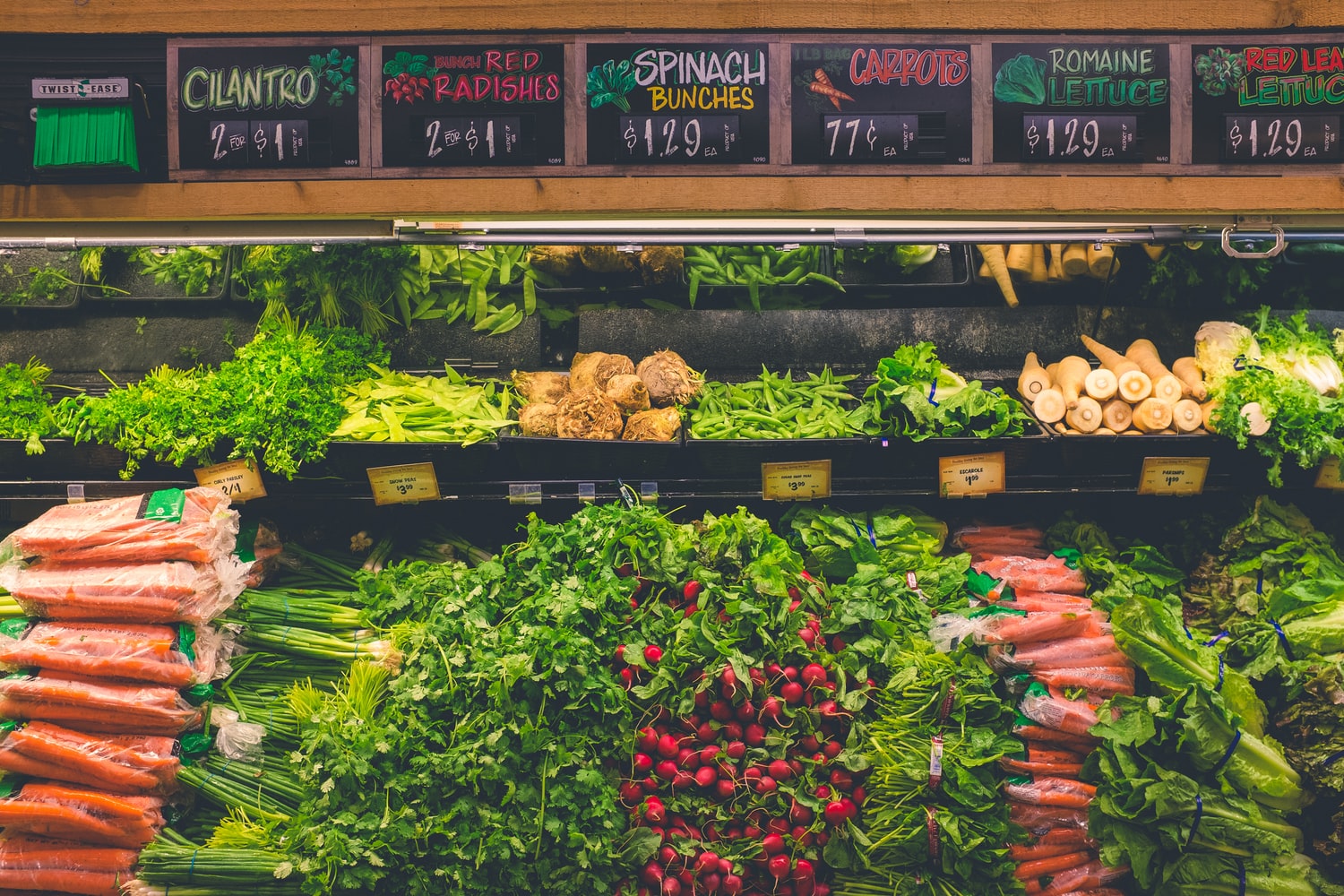Here’s a fun little fact. The average American only gets around 15 grams of fiber per day though we’re supposed to get between 21-38 grams per day (21-25 grams for women and 30-38 grams per day for men).
You might ask yourself, “What the heck does this have to do with my kidney stones, Jill?” I’ll tell you. When I take a health history on my patients, many tell me that they’ve stopped getting adequate fiber in their diet because they are afraid of overeating oxalate. Constipation is also a common concern amongst my patients, which can be due to various reasons, but getting adequate fiber is essential.
For this reason, I thought it might be helpful to put together a grocery list of the highest-fiber/lower-oxalate foods. I want you to have quick access to all the nutrient-dense foods you may have taken off your plate because you were uncertain about the oxalate level. Remember, you can eat so many foods on a lower oxalate diet.
A couple of points. I rounded up or down on the fiber. If it was right in the middle (see green peppers), I kept the actual measurement. Whole numbers, in general, are easier to understand, and it is not a big difference either way.
There is one asterisk next to dried cranberries. I use cranberries from Trader Joe’s that are unsweetened and ridiculously high in fiber. The fiber listed is in a portion size of 1/4 cup (different from what the heading in the chart states). If you can find these, use them. You can purchase from Amazon if you don’t have Trader Joe’s near you.
I chose foods that Harvard has studied. Portion size matters. The bigger the portion, the higher the oxalate. Getting your calcium needs met each day is critical when we don’t know the oxalate level of certain food.
Here is a handy article on what to do when you do not know the oxalate level of a food. And another article on why oxalate amounts vary so much.
The fiber data came from MyFoodData .com.
Veggies (cup) – Fiber (g) / Oxalate (mg)
Broccoli – 5g / 12mg
Green Peas – 8g / 1mg
Collard Greens – 8g / 10mg
Kale – 5g / 2mg
Asparagus – 4g / 18mg
Mushrooms – 4g / 0mg
Corn – 3g / 2mg
Cabbage – 4g / 3mg
Cauliflower – 3g / 1mg
Green Peppers – 2.5g / 4mg
Onions – 3g / 2mg
Mustard Greens – 3g / 4mg
Yellow Squash – 2.5g / 2mg
Fruits (cup) Fiber Oxalate
Avocado – 3g / 20mg
Blackberries – 8g / 4mg
Blueberries – 6g / 37mg
Apples – 5g / 1.5mg
Strawberries – 5g / 5mg
Pears – 4g / 4mg
Dried Cranberry* – 19g / 1mg
Nut/Seeds (1oz) Fiber Oxalate
Flax seeds – 8g / 0mg
Sunflower seeds – 3g / 3mg
Pistachio nuts – 3g / 9mg
Pecan – 3g / 16mg
Grains (cup) Fiber Oxalate
Oats (uncooked) – 16.5g / 0mg
Oat bran (uncooked) – 14.5g / 0mg
Beans (1/2 cup) Fiber Oxalate
Red kidney beans – 16.5g / 10mg
Mung beans – 15g / 8mg
A couple of notes before I sign off. Remember, when you are increasing fiber into your diet, increase it slowly and get your fluids to help move things along—it would be best if you didn’t have any bloating or belly aches. As with most habit changes, slow and steady wins this race!
Your friend and advocate,
Jill














Leave a Reply